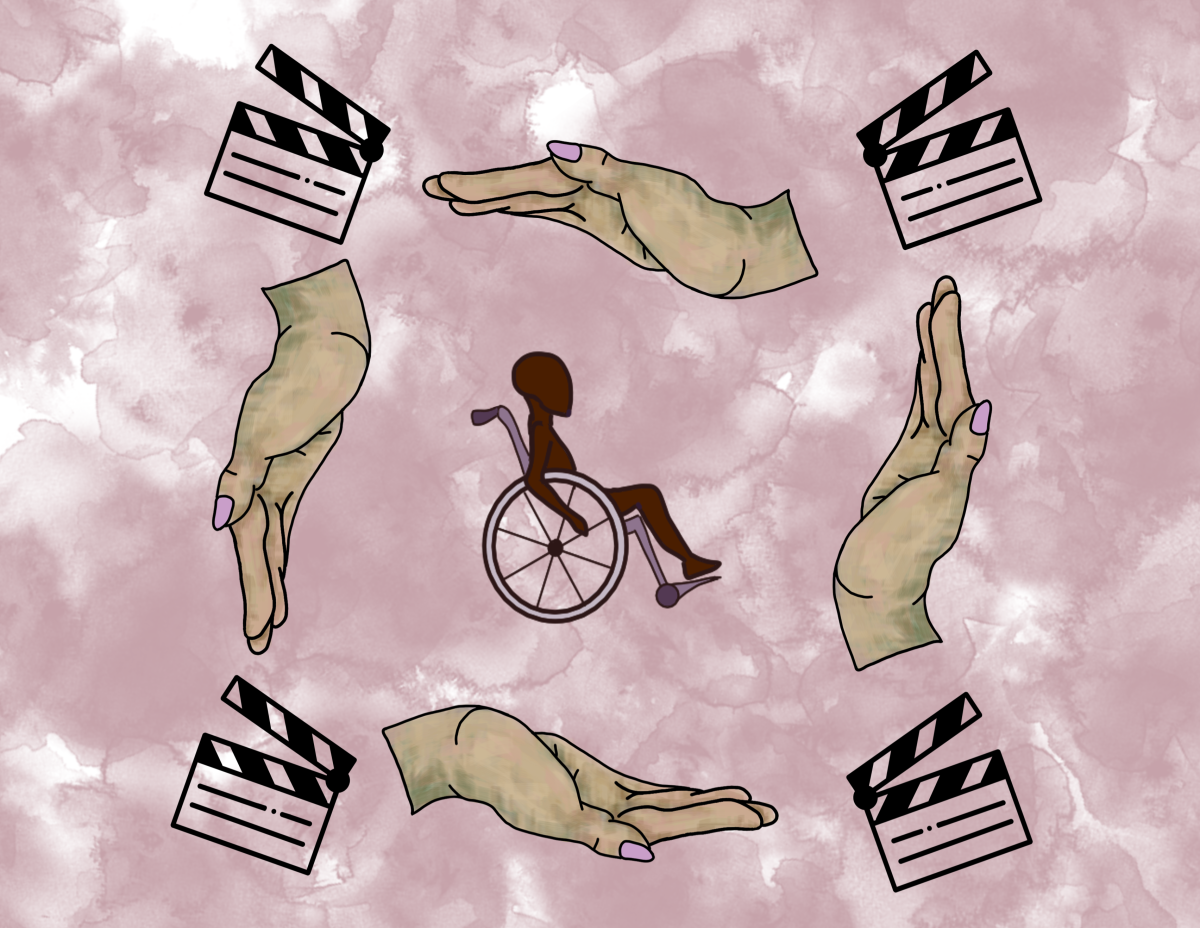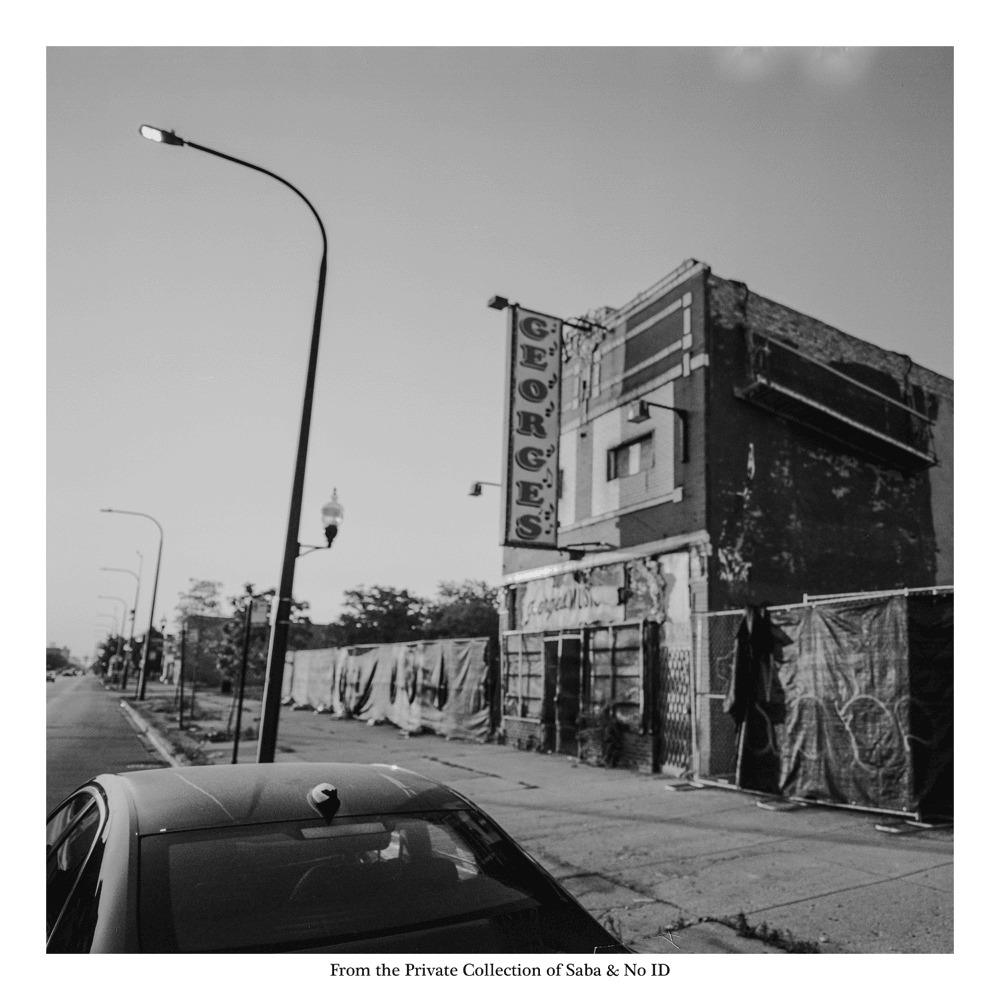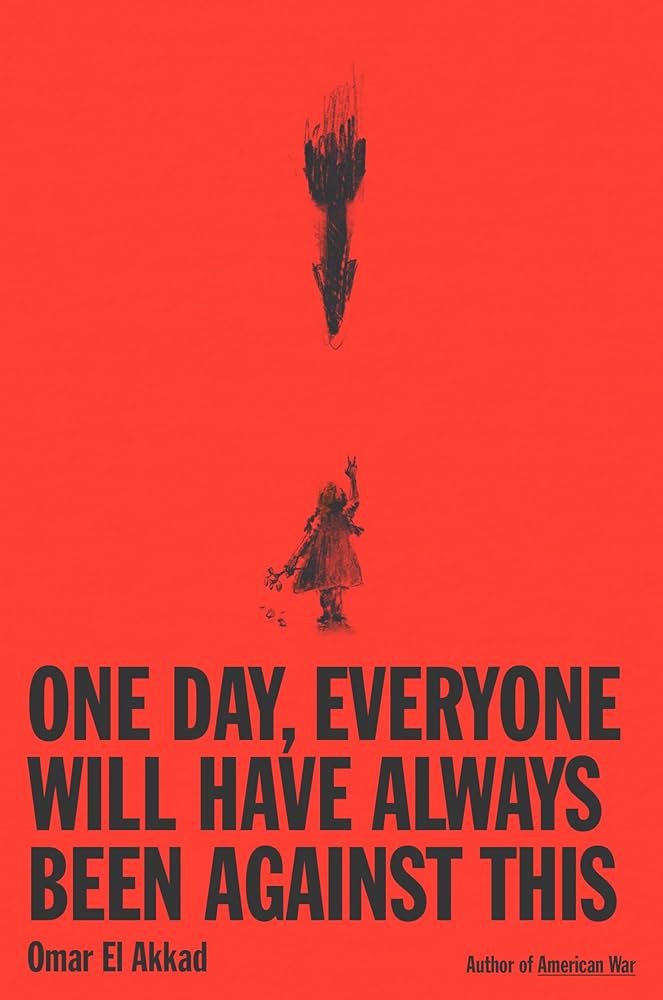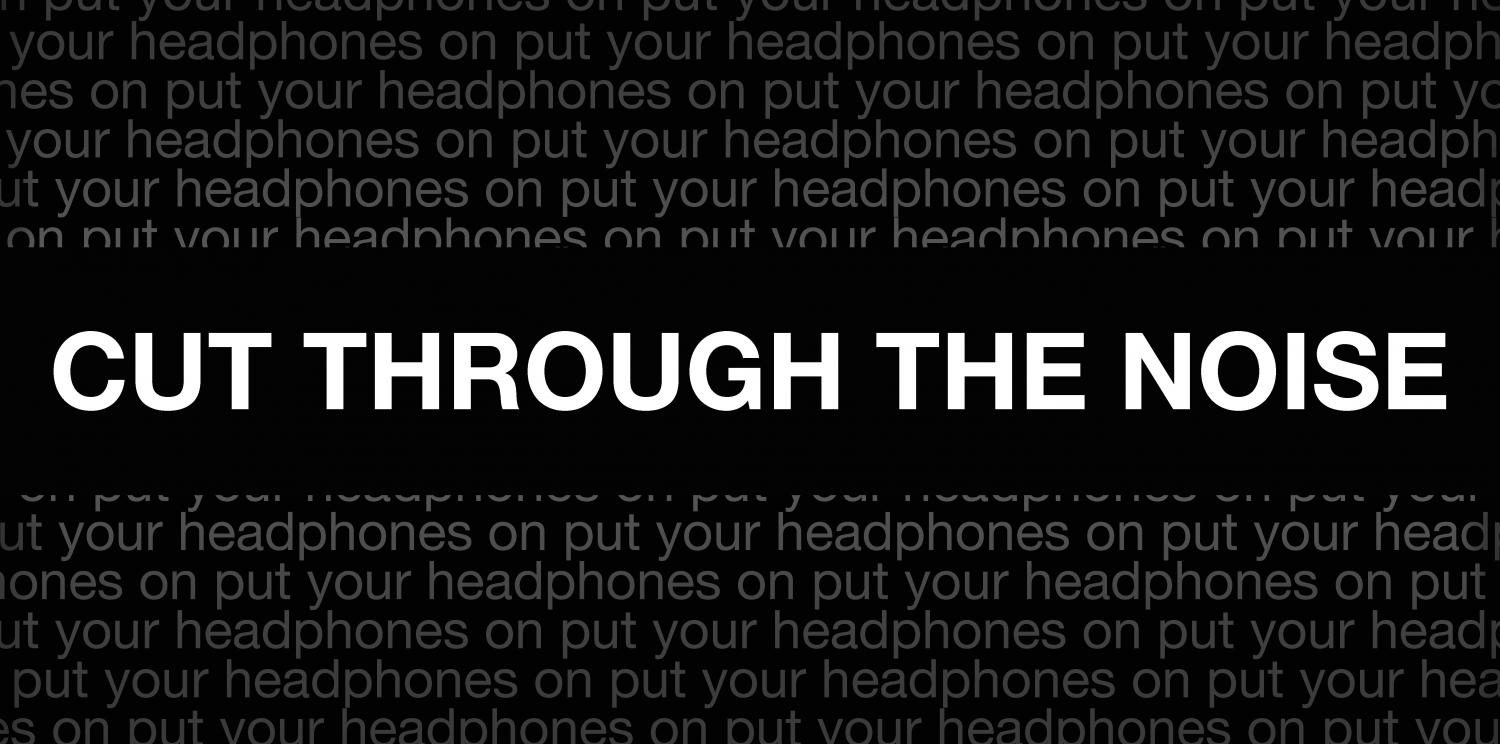In modern media, those with disabilities are heavily underrepresented. According to the CDC, about one in four people have some kind of disability. However, even with that, only 4% of media released in 2022 contained notable use of disability in a character or theme. That is a huge disparity between the population of able-bodied people and those with disability and how they’re shown on screen.
There are so many different types of disabilities in this world, and they must be represented, — though when a character is shown, in my experience, the character is tokenized with little to no regard for how people with those conditions live. Only about 5% of characters with disabilities are acted by people with the condition and that number just shows that there are issues with the system. My problem isn’t that able-bodied people are playing characters with disabilities, but how overwhelming they are. This perpetuates the stereotype that people with disabilities cannot self-represent themselves accurately. This idea can get dangerous fast as it takes away the power people have to represent their own communities.
When these characters are played, they typically fall into the stereotype of being a victim of the condition being portrayed through the screen. This stereotype is wrong; it’s what life looks like to a large community of people. Yes, in our society, which is designed for able-bodied people, people with disabilities will need assistance. When our society doesn’t have the tools for people with disabilities to function, such as when access to a building is only possible through stairs — that building becomes inaccessible very quickly for those in wheelchairs. From my experience, nothing is actually done for the person while everyone expresses their sympathies. The person is victimized and they are forced to be dependent on others, undermining the efforts of many who are just living their lives independently.
On the other hand, there is the “hero” stereotype that plays out a ton in modern media. While this might seem more positive than the victim mentality, it can be just as dangerous, as it reinforces the idea that a disability is a challenge to overcome so that one can finally be normal. Forcing a person to mask themselves can cause trauma that can and will stick with them for the rest of their life. For many people with disabilities, such as myself, we will never be able to overcome our disability to be normal.
Even with these issues there and even though 95% of actors who play characters with disabilities do not in fact have disabilities, there are, overall, still 5% of actors who do. For example, in the show Breaking Bad, RJ Mitte, who played Walter White Jr, had cerebral palsy. This ultimately made the acting much better and more genuine. It felt as though this was a person who happened to have cerebral palsy, not a cerebral palsy victim where the human comes second.
There are many ways that we can do better as a society, but we should start by having more characters with disabilities in our media, who are actually treated with respect and as actual humans. When a fourth of the human population is only represented by 4% of the media, something is wrong, especially when almost all of that representation is played by people without the life experience. Ultimately, things are looking up — there is more representation for people with disabilities across the board, it just needs continued pushing to be more equitable for those with disabilities.











